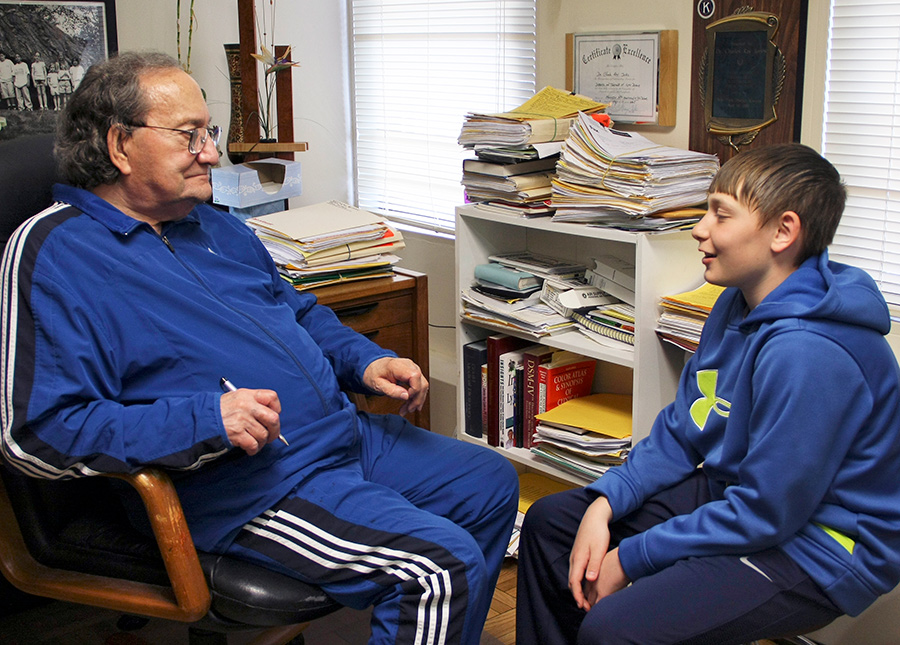Dr. Charles Ray Jones — who recently died at age 93 — was a giant in the field of pediatric Lyme disease treatment. He not only helped thousands of children directly, he also generously shared his knowledge with others.
The following is an excerpt from the
2005 Children’s Treatment Issue of the Lyme Times.
L yme disease is the most common vector-borne disease in this country and the most common tick-borne disease in the world. The incidence and prevalence of Lyme disease seems to be increasing, with people contracting infection on every continent on earth except perhaps Antarctica.
 While an understanding about Lyme disease and its manifestations is expanding, a tremendous gap remains as to how to properly diagnose and care for Lyme patients. Children are particularly at risk for an inaccurate diagnosis and inadequate treatment because their symptoms are insidious and subtle.
While an understanding about Lyme disease and its manifestations is expanding, a tremendous gap remains as to how to properly diagnose and care for Lyme patients. Children are particularly at risk for an inaccurate diagnosis and inadequate treatment because their symptoms are insidious and subtle.
Many doctors and researchers neither understand nor study the unique manifestations of pediatric Lyme disease; moreover, they fail to acknowledge the high incidence of congenital [1, 2] and breast milk [3, 4] transmitted Borrelia burgdorferi infection.
Children are more vulnerable than adults to both exposure and infection because they are physically closer to the ground and play on the ground. They sit on logs [5] and rummage in leaves. They cuddle with pets. Their jungle gyms are near the edge of wooded areas. They go to summer camp and scouting trips. They grow up in the grass and touch everything.
What Does Lyme Disease Do to a Child?
One aspect of Lyme in the young children is the emotional component they suffer. They are inexperienced with handling severe difficulties in their lives. Children often get trapped into believing that they will be ill or in pain all of their lives.
Many with the onset of Lyme early in their lives have never experienced freedom from pain or disease. One child came into the office after treatment was complete and began saying “I didn’t know anybody could feel like this.” “I didn’t know my body didn’t have to hurt.”
Older children have more reserves and life experiences to draw upon. They often know that this is a temporary setback and that they can get well again. The remarkable aspect of treating Lyme disease in children is that most get better [6-8] and many get well, [7, 9] without carrying the stigma of Lyme disease or its co-infections.
Signs of Lyme Disease in Children
The manifestations of pediatric Lyme disease depend on the age of exposure. The age of three has been thought of as a developmental point for particular signs and symptoms to be observed. Those under three years of age, who were congenitally exposed or early tick exposed to Lyme disease often present with severe hypotonia and developmental delay……..Join or login below to continue reading.




























